You could argue that pretty much all analytics are meant to be predictive. Isn’t the point of analyzing past performance, on some level, to project future performance? (I guess you could just be nostalgic for the metrics underlying your favorite past fiscal quarter.)
As a dedicated tool class, however, predictive analytics software helps analysts of all kinds see what past data says about the future. While tools like these can’t tell you what will happen, they can tell you what massive amounts of data suggest is likely to happen.
So whether you’re in marketing, UX, risk management, manufacturing, or any other industry that the future matters to, predictive analytics tools like the ones I break down below should help you get the data-driven insights you need to make better decisions.
The best predictive analytics software
What makes the best predictive analytics software?
If you’re just looking for data management, reporting, visualization, or analytics tools, there are hundreds—if not thousands—of apps to choose from. Some of these solutions may include some forecasting capabilities, utilities that help analysts apply their own algorithms or AI processes, or tools for developing machine learning (ML) models to then use to perform predictive analytics.
For the purposes of this piece, I’m excluding all those tools. I’m defining predictive analytics software as platforms that have:
-
Predictive focus: The focus of the software should be on performing predictive analytics for the user, not just giving the user tools to perform their own predictive analyses.
-
Standalone utility: It should be accessible on its own without a subscription to a broader software product like a CRM or an ERP.
-
Integrated ML and AI: Machine learning and AI should be primary features for enhancing predictive models, not just formatting data or automating workflows. It should also be able to apply native predictive models.
-
Diversified data sourcing: The software should be able to draw data from a range of sources rather than one singular platform or proprietary repository.
Note: I’m also choosing to exclude media marketing mix (MMM) software from this list. Even though MMMs definitely meet the criteria, their use cases are a little too narrow.
Due to the richness and complexity of this software, I wasn’t able to personally test every app. So in addition to testing the apps I could, to improve the diversity and depth of my research, I also relied on product descriptions, third-party reviews, demos, and exchanges with marketing and data science professionals.
The best predictive analytics software at a glance
|
Best for |
Standout feature |
Pricing |
|
|---|---|---|---|
|
An open source option |
Ease of use |
Free |
|
|
User decisions |
Virtual “twin” market environments |
By request |
|
|
Automated forecasting |
Flexible automations |
By usage |
|
|
People analytics |
Built for HR use cases |
By request |
|
|
Generative AI |
Well-integrated generative AI assistant |
$396/user/year |
|
|
Interactive forecasting |
No-code utility |
By request |
Best open source predictive analytics software
Prophet (Web)
Prophet pros:
Prophet cons:
-
May strain resources for large data sets or complex forecasts
-
Lacks advanced forecasting capabilities
-
No multivariate forecasting capabilities
Admittedly, Prophet isn’t exactly a predictive analytics platform—it’s actually an open source Python procedure for automatic forecasting. But who’s counting?
A product of Facebook’s Core Data Science team, Prophet lives up to its name by forecasting time series data that’s easily broken down daily, weekly, and yearly with strong seasonal effects spanning multiple seasons of historical data. According to Aksinia Chumachenko, team lead product analyst for Simpals, “Prophet stands out due to its automated seasonal pattern detection, flexibility in handling holidays and events, robustness to missing data and outliers, and ease of use with minimal parameter tuning.” Aksinia also pointed out that it readily integrates with popular data analysis ecosystems.
Available for Python 3.7 and later, Prophet is a simple solution that’s readily available and easy to deploy. As an automatic forecasting procedure, it gives analysts an efficient, scalable way to help their organizations set goals and allocate resources more effectively.
As an open source option, Prophet isn’t the perfect predictive analytics solution for every user. Aksinia noted that it can be pretty demanding on systems when data scale and complexity increase, and it lacks advanced forecasting capabilities. But for those with simple forecasting needs, it could be a great (read: free) option.
Prophet pricing: Free
Best predictive analytics software for user decisions
Scios (Web)
Scios pros:
-
Creates digital environments for predictive user decisions
-
Slick, user-friendly interface
-
Combines granular data from various sources with macroeconomic data
Scios cons:
You could manually finagle your data to show you some potential numerical outcomes to map a narrative onto—or you could use Scios.
What makes Scios unique is that it’s not a predictive analytics solution so much as it is a decision intelligence solution. Designed to show users what people would do in a hypothetical scenario, it creates digital “twins” of markets, populates them with virtual consumers, and runs input scenarios.
Based on behavioral economics, Scios provides AI-powered insights in a slick dashboard that’s easy to navigate. Using diverse data sources, the platform injects real (or as real as data-modeled AI can get) human motivations into its virtual markets that make decisions and progress through journeys with data-driven probability. This lets you do things like find out which kinds of features your market is interested in, test update concepts, and gauge adoption likelihood.
Rather than showing you data narratives, Scios allows you to run scenarios to test for specific outcomes of interest. It’s a little like playing God in a way that’s almost not at all creepy; it can be hugely valuable for establishing trustworthy projections and identifying possible problems in your product. With over 300 user prediction models, there’s enough granularity to align virtual consumer actions with your unique data needs.
Obviously, Scios doesn’t specialize in creating the kinds of forecast trend reporting that many of the other tools on this list do, so it’s not for everyone. But if you’re really interested in analyzing hypothetical user behavior, Scios is for you.
Scios pricing: By request
Best predictive analytics software for automated forecasting
SAS Viya (Web, iOS, Android)
SAS Viya pros:
SAS Viya cons:
SAS is truly one of the forebears of data management software, so it’s hard not to include one of their products on this list. Admittedly more of a general data visualization platform, SAS Viya also has powerful automated forecasting features.
SAS Viya is almost more of a data automation engine than anything else, which makes its forecasting utility pretty compelling. The platform allows you to generate automated forecasts and visualizations based on your data, essentially hands-free. Since you don’t have to spend resources developing and tweaking forecasting models, you can save a SAS-load of time and reduce potential human bias. You can even tailor modeling techniques to individual data segments to stay flexible as you scale your data across time series.
While this automated forecasting is designed to be as automatic as possible, it’s also not completely rigid. You can feed it any known events like holidays or seasonalities to help shape the forecasts to your industry. Or, you can get your hands dirty and apply your own industry knowledge to manually override outcomes.
Does SAS Viya have the prettiest dashboard? No. Is it the easiest software to learn and deploy? Also no. Is it incredibly fast and responsive? Still no. But those nos are because this is complex, powerful software. It may take a while to onboard effectively, but once it’s up and running, it can pay for itself in insights and time savings.
SAS Viya pricing: By usage
Best predictive analytics tool for people analytics
One Model (Web)
One Model pros:
One Model cons:
HR teams may struggle to retrofit most predictive analytics platforms into their people analytics processes—except for One Model, a dedicated people analytics tool.
Traditional employee management software can be great assets for overseeing practical elements of HR processes and collecting data points, but they have their limitations when it comes to managing that data. One Model allows teams to connect HRIS systems and turn that people data into actionable insights.
Since One Model is an analytics tool tailored specifically to the people analytics space, it has richer data features than just about any other HR tool and more utility for HR use cases than just about any other predictive analytics tool. Packed with plug-and-play analytics and predictive modeling, it automatically ingests data from wherever you house your HR data.
Since it’s such a niche tool, I found One Model to be surprisingly flexible. One Model’s data visualizations are sharp, and you can create new data views on the fly to present data the way you want to see it. You can even manipulate metrics manually (say that five times fast), integrate with other preferred business intelligence platforms, and export findings to internal repositories.
At the core of One Model is One AI, its proprietary end-to-end AI platform. For HR teams without their own suite of data scientists, One AI can pick optimal predictive models on its own, apply those models, and integrate outcomes into storyboards, so they’re instantly actionable. If there’s ever any question about a storyboard, you can easily trace any forecast to its core data point. It also has built-in bias detection and removal capabilities for both training and prediction data, which can really help keep models accurate and equitable. And if you’ve got your own models, you can use those, too.
One Model is such a user-friendly, adaptable tool that I almost wish it was a more generalized predictive analytics product. But for those who need predictive people analytics, this should be a go-to solution.
One Model pricing: By request
Best predictive analytics software for generative AI
SAP Analytics Cloud (Web, iOS, Android)
SAP Analytics Cloud pros:
SAP Analytics Cloud cons:
I almost didn’t include this tool because it’s a more general analytics platform, combining BI, analytics augmentation, and enterprise planning capabilities. But SAP Analytics Cloud (SAC) has such strong predictive features that it’d be a shame not to mention it.
SAC is a built-in data utility offering for other SAP Cloud products, but it can also link to existing solutions and non-SAP sources to import and replicate siloed data or augment non-replicated live data. Once integrated, SAP makes it incredibly easy to visualize analytics with drag-and-drop dashboards you can build in minutes.
While none of the above is necessarily unique, what makes SAP stand out is how well it integrates generative AI into its offering with Joule, the platform’s AI companion bot. For example, while creating reporting dashboards, you can ask Joule to come up with code to apply advanced features like timeline toggling, then drop the code into the dashboard editor and make it happen.
You can also ask it questions like you would any other AI chatbot to get human-language insights into your data, alter data models, generate visualizations, and get tips. Taking this into predictive use cases, you can also use Joule to run simulations, automate forecasts, and even generate business plans based on findings.
Between Joule and SAC’s highly intuitive interface, the software makes it easy to manually run and automate predictive forecasts. You can choose between linear regression or triple exponential smoothing to help make allowances for complexities like seasonality. Graphs readily visualize historical data, trend projections, forecasts according to the period you preset, and confidence intervals, which you can click to drill further into.
SAC doesn’t necessarily do things other tools on this list can’t in terms of raw utility, but if you’re after the simplicity of integrated AI, SAC and the Joule copilot are meant for you. (Yes, that’s a very out-of-place Jewel reference.)
SAP Analytics Cloud pricing: $396/user/year
Best predictive analytics tool for interactive forecasting
Qlik (Web, Android)
Qlik pros:
Qlik cons:
I can’t decide if I love Qlik’s name or hate it, but one thing I have decided is that it’s a handy predictive analytics solution.
Aside from its propensity toward arguably overly clever spelling quirks (Staige 👀), Qlik is a slick data integration platform with useful predictive analytics features. Designed to bring no-code machine learning modeling and automation to relatively non-technical users, Qlik is designed to make analytical processes as simple as possible.
That extends to its automated ML (aptly titled AutoML) application, which can nearly instantly find algorithms to apply optimal ML models to your unique data sets. You can then tinker with these models, test them, score them, and rank them so you can prioritize the ones that work best. Qlik is also serious about transparency, so you can funnel down through every data level to find the core of its predictions with SHAP values that tell the full story.
All those features make Qlik a good predictive analytics product, but what makes it really shine is the interactivity of its reporting dashboards. By loading your predictive analytics into Qlik Sense® (oddly spelled the way you’d expect it to be, which I didn’t expect), you can make predictive apps that bring that data to life. From there, Qlik can calculate data live as you interact with charts, graphs, maps, and other visualizations, helping you explore and report on your data more fully.
Qlik has secured a comfortable place in the niche of self-service users. It’s convenient for data exploration and handy for analytics automation, but advanced users might find that it’s got its hiccups with data load speeds and occasional programming roadblocks. And while pricing isn’t transparent, the word on the Reddit streets is that it’s one of the lower-priced options out there, so for growing enterprises with complex data processing needs, it may not be the best option.
Qlik pricing: By request
Which is the best predictive analytics software for you?
I may not be able to recommend the best predictive analytics software option for every user, but what I’ve at least tried to do here is highlight some standout use cases that could help you figure out which is worth looking into.
It’s worth noting that this is by no means an exhaustive list of good (or even great) predictive analytics tools. I had to exclude quite a few just to stick to pretty defined criteria, and others may not have cracked the list because their top features were edged out by another option.
While you whittle down your picks, remember that automating analytics tools helps you get more accurate results faster than ever—and Zapier can help. Its no-code automation connects thousands of apps, so you can do more with your data.
Related reading:


![ClickUp vs. Asana: Which is better? [2024]](https://australianonlinepokerleague.com/wp-content/uploads/2024/04/Group_9908.jpg)
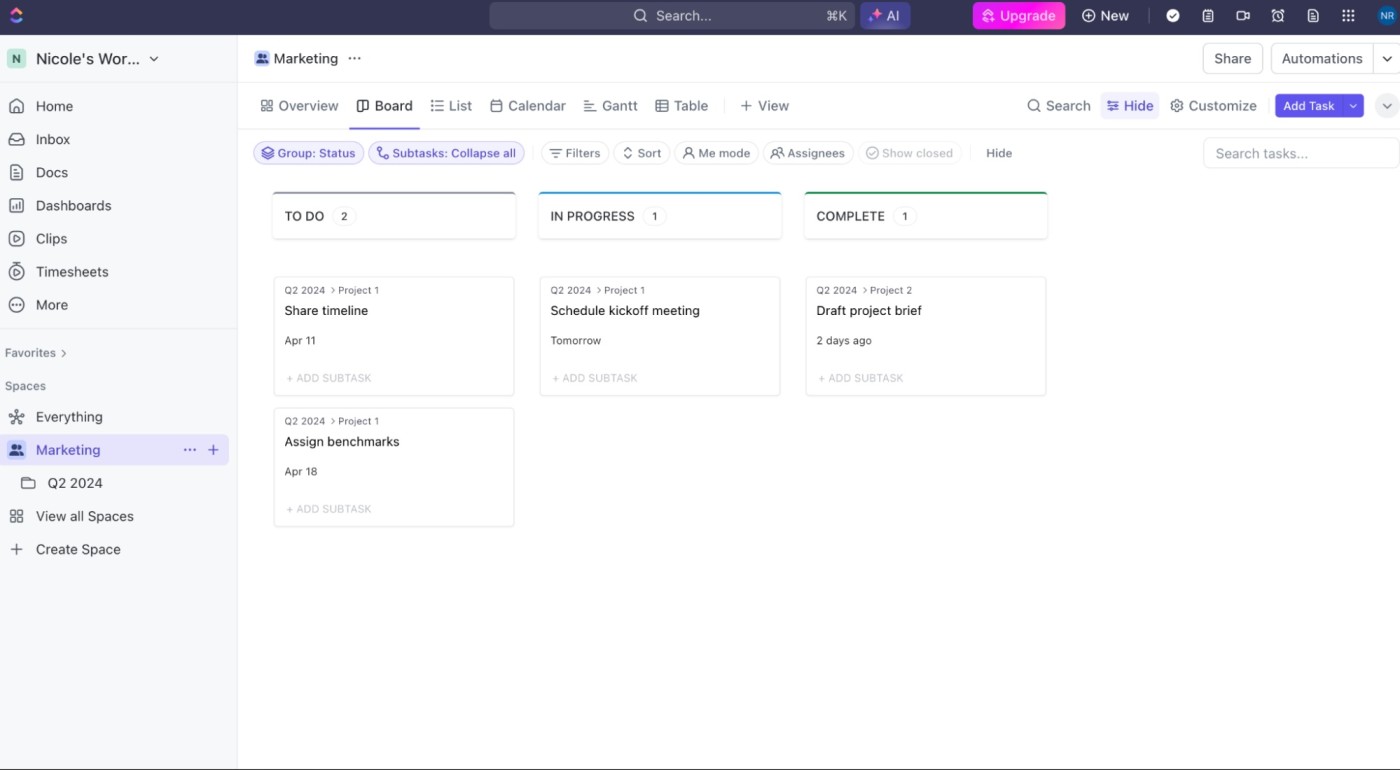
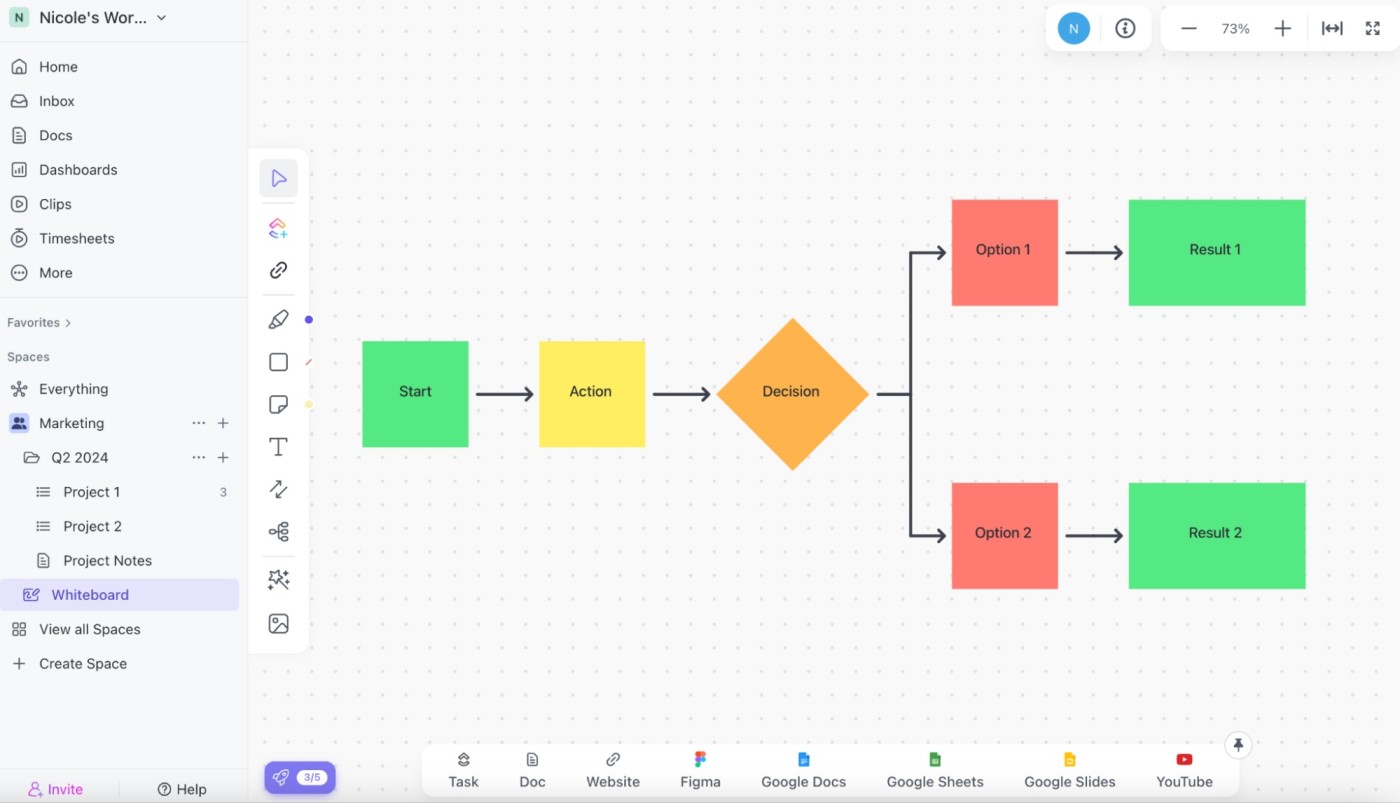
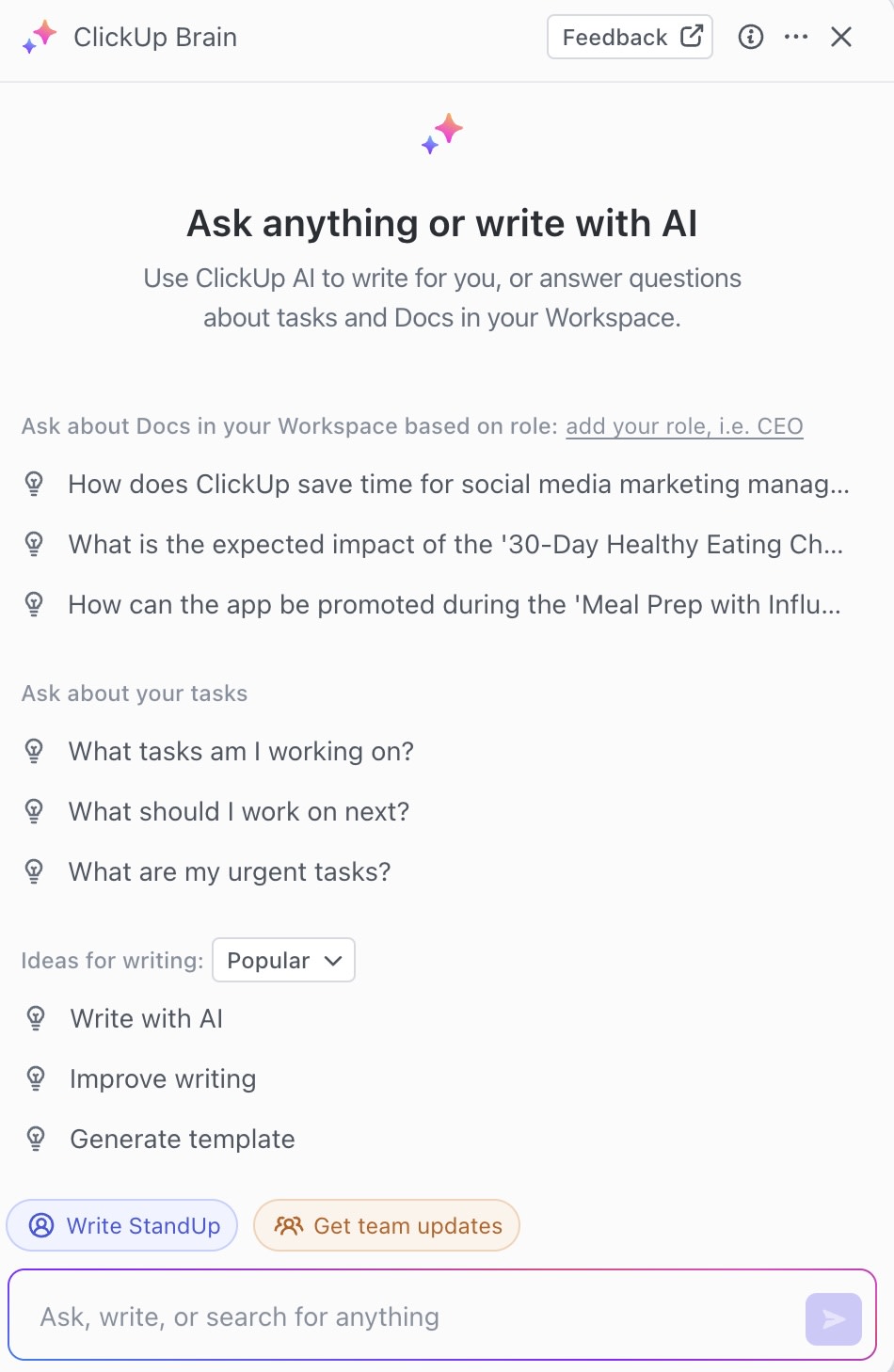
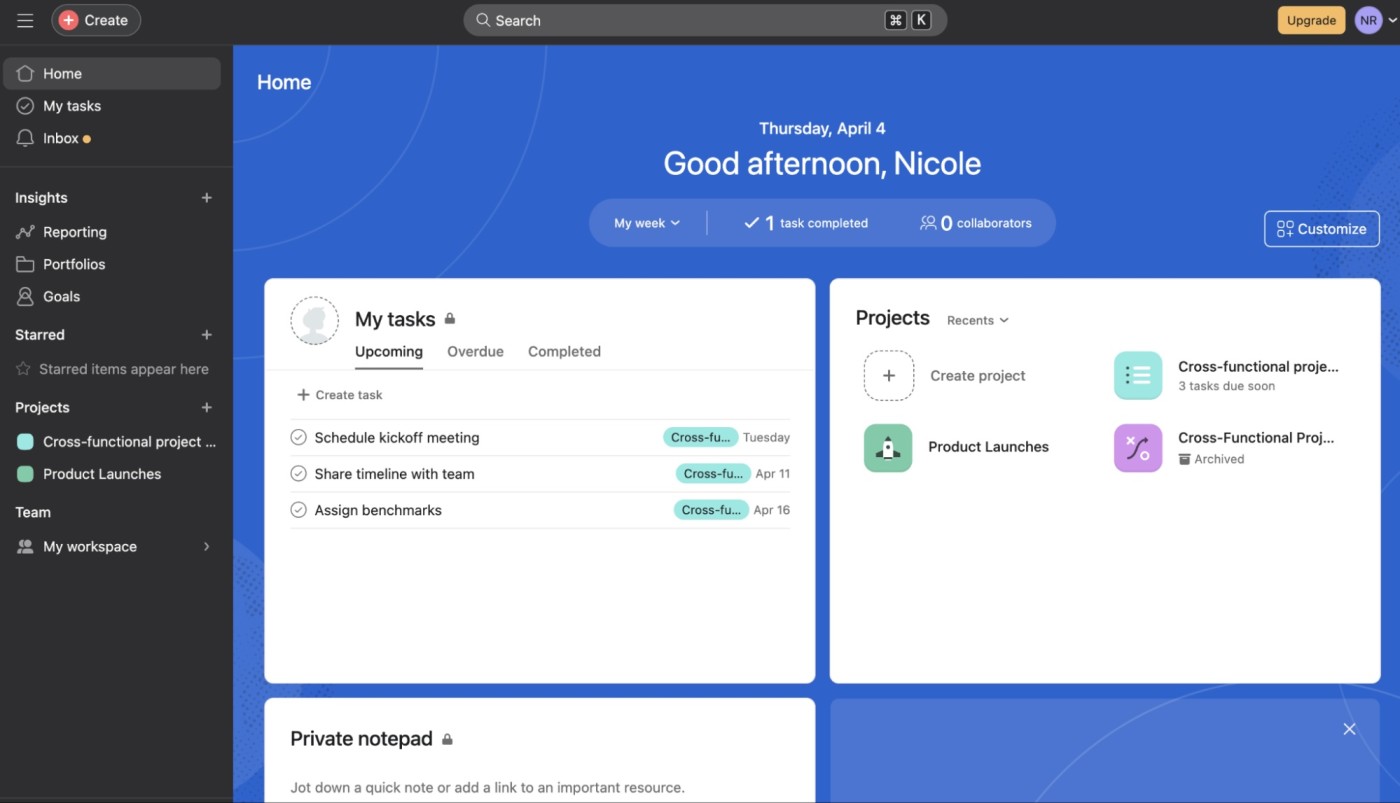
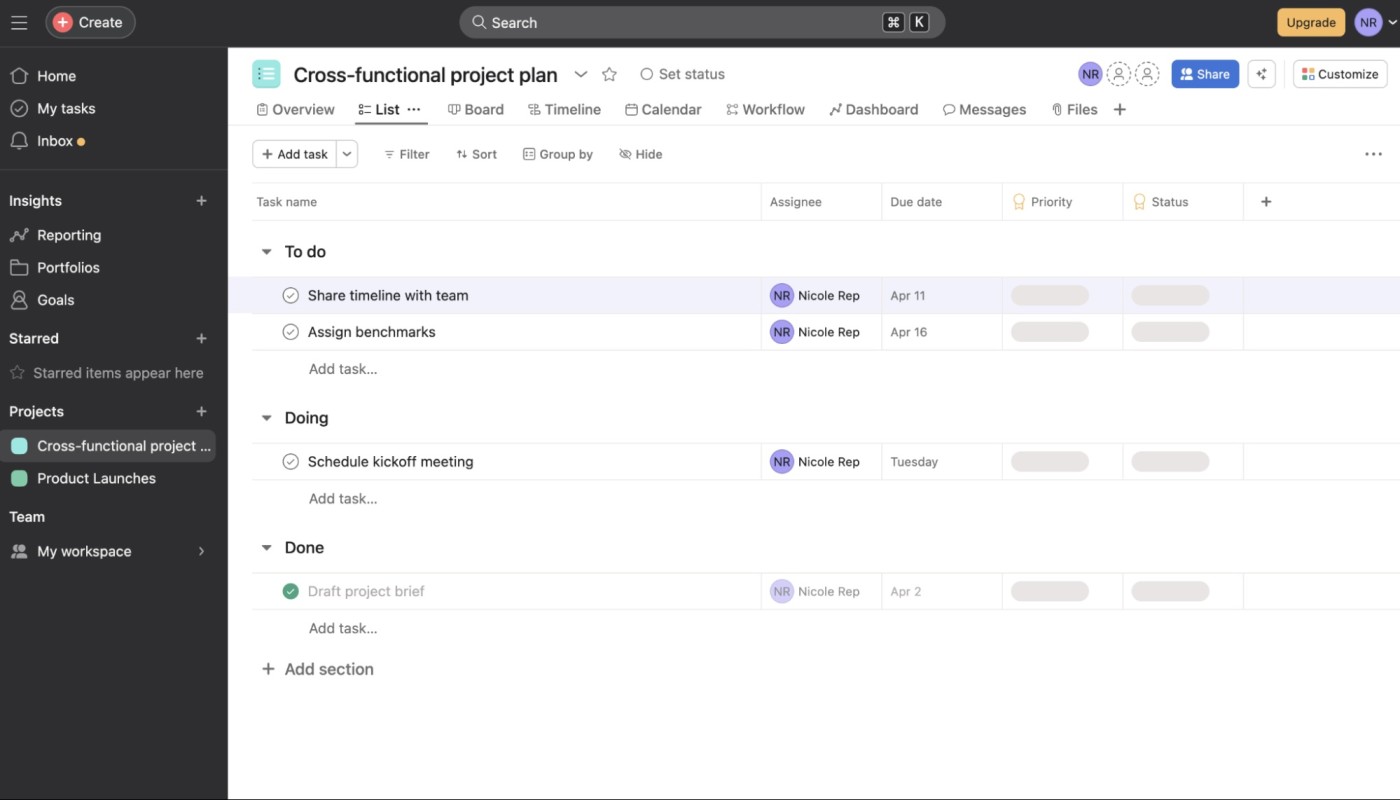
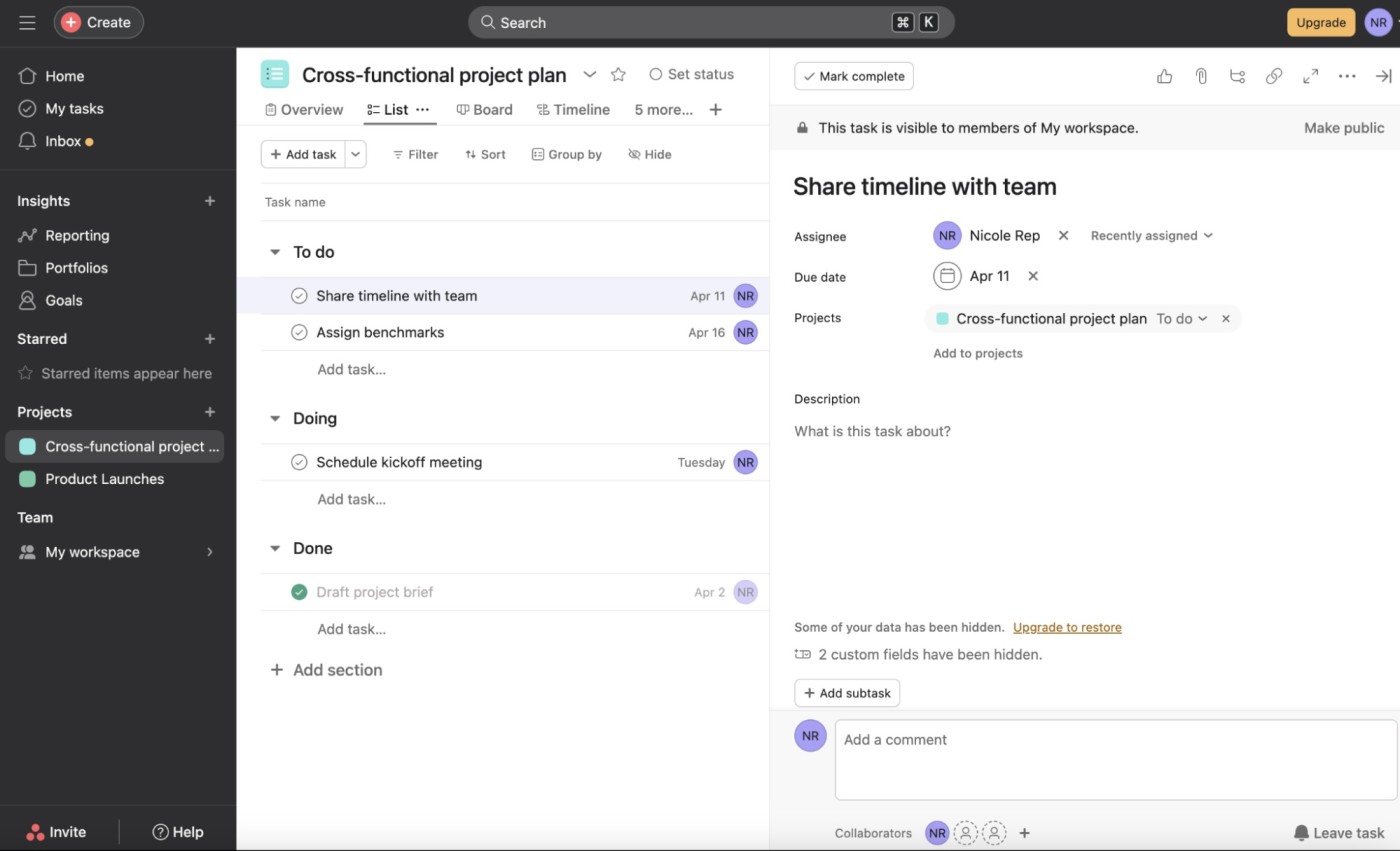
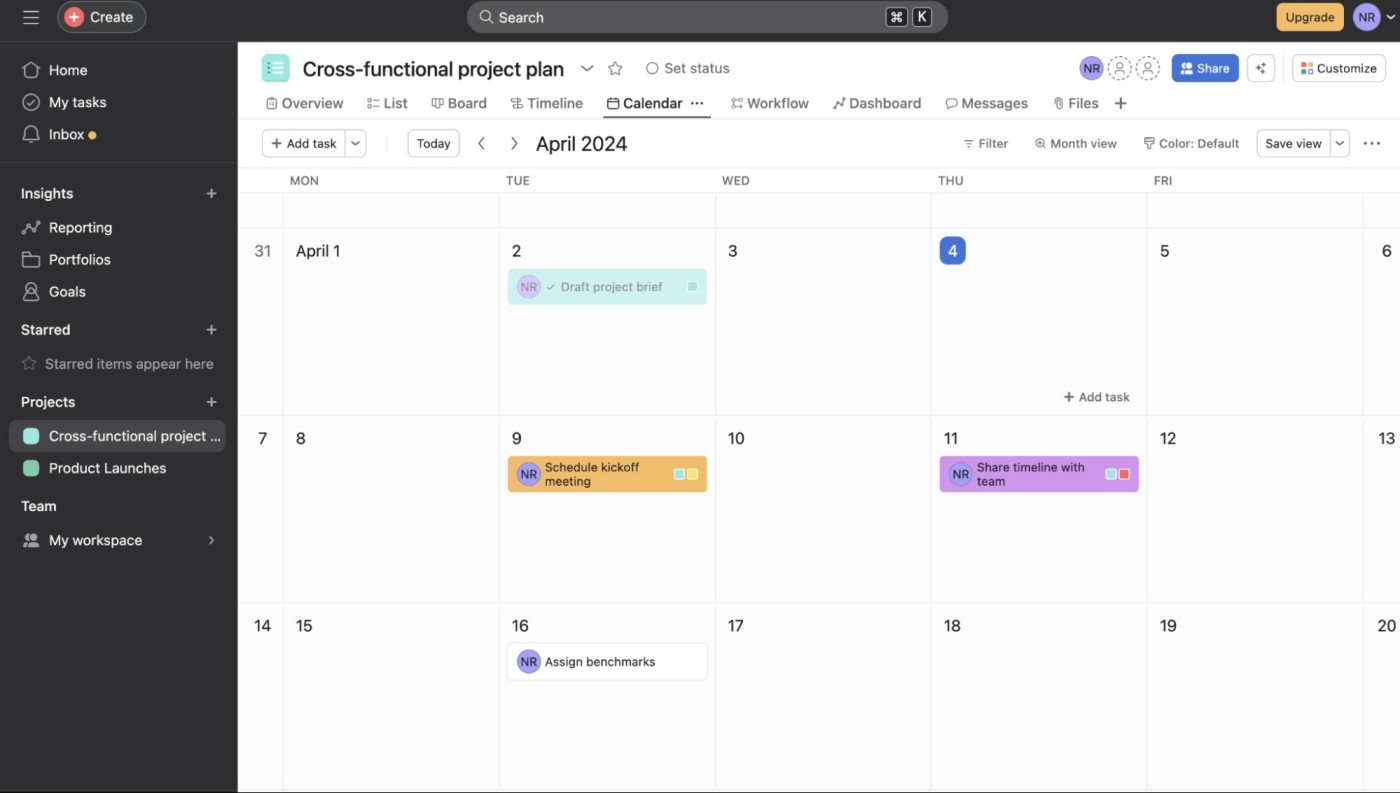
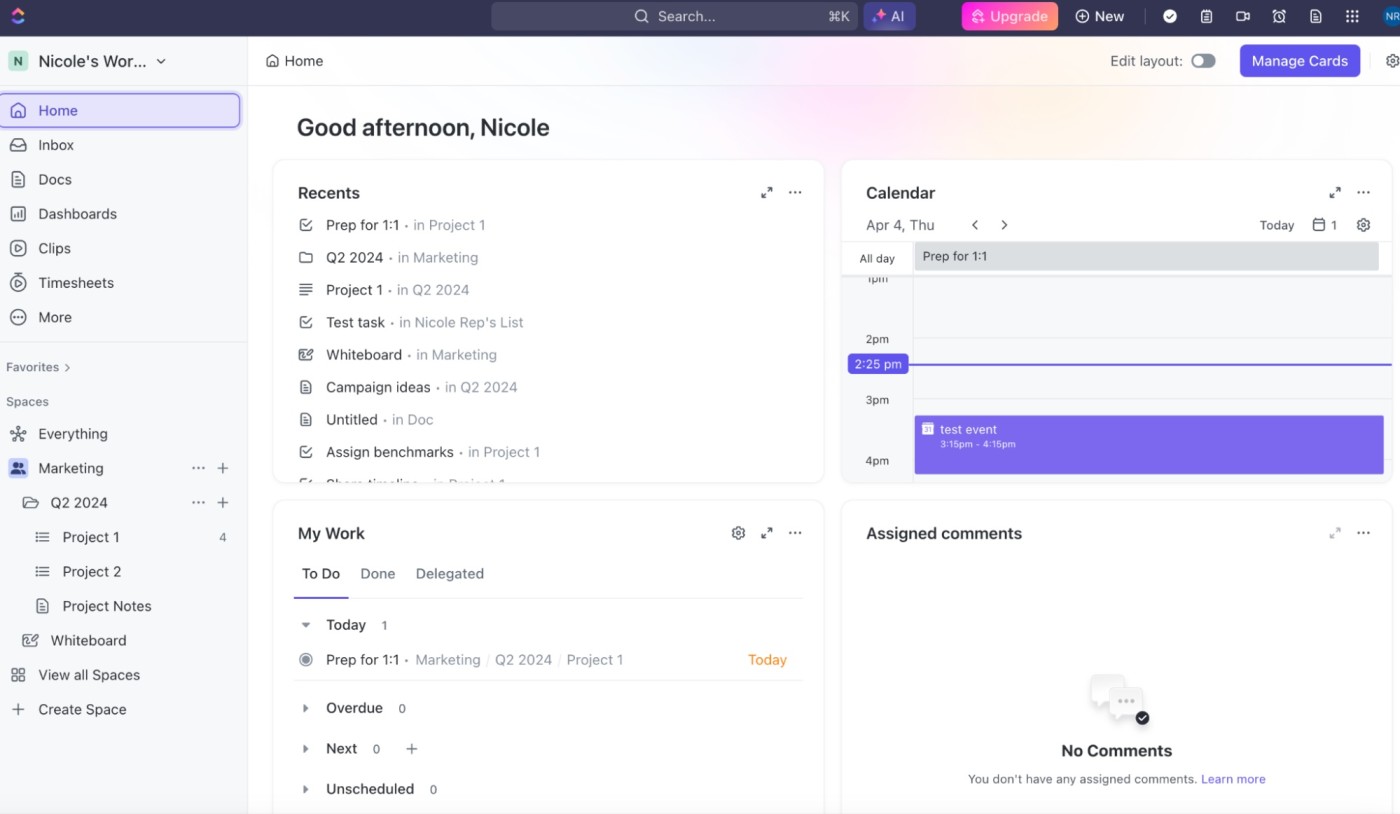

 Never play poker in a bad mood
Never play poker in a bad mood